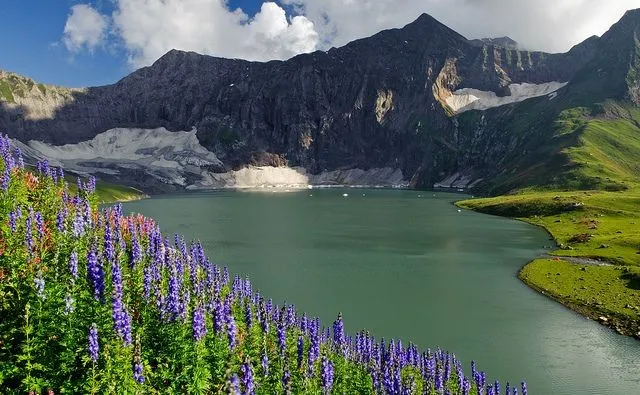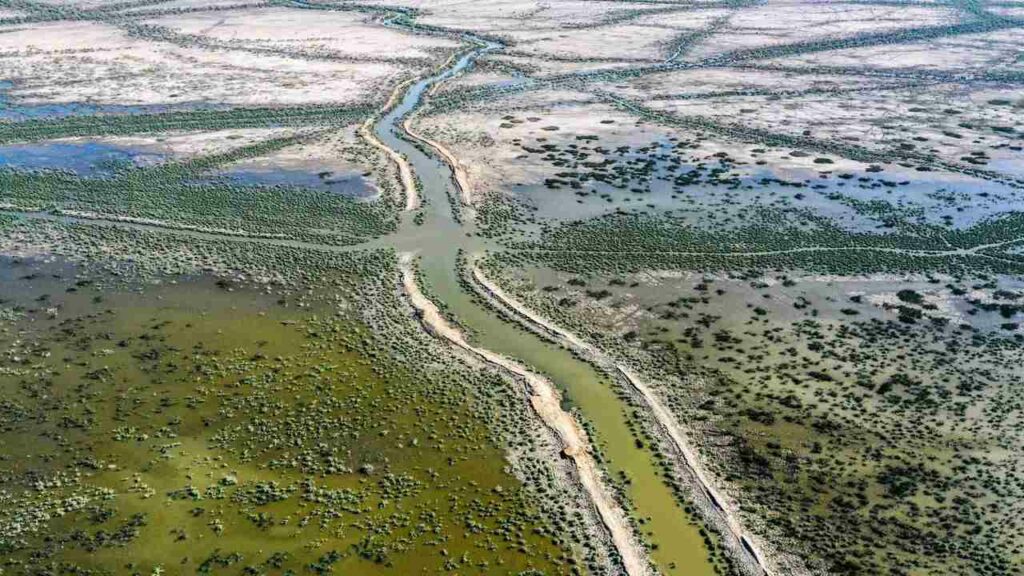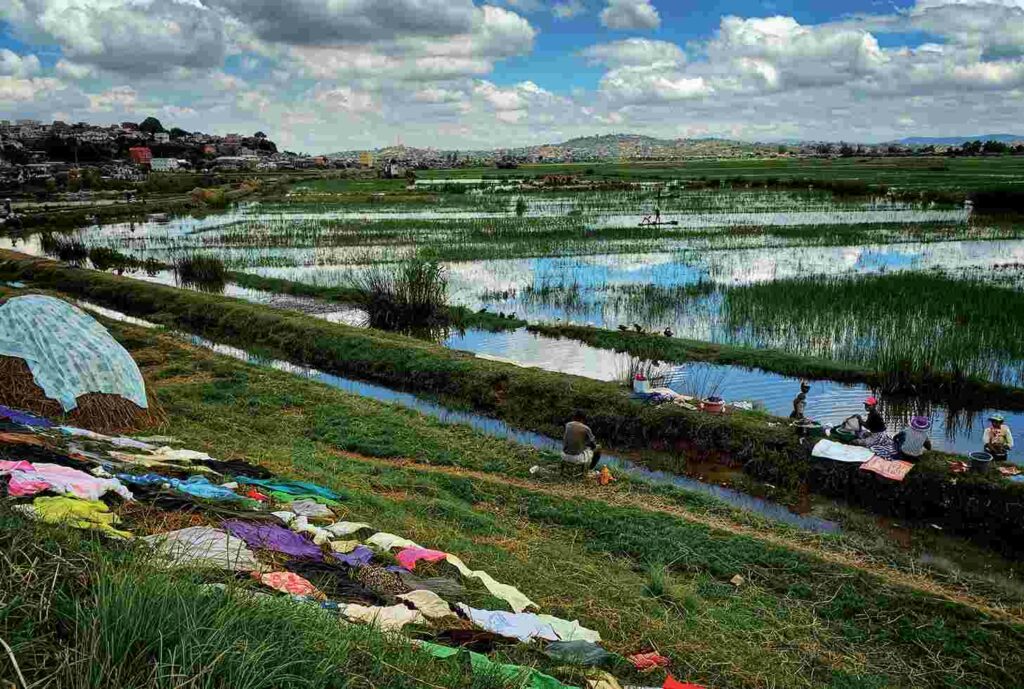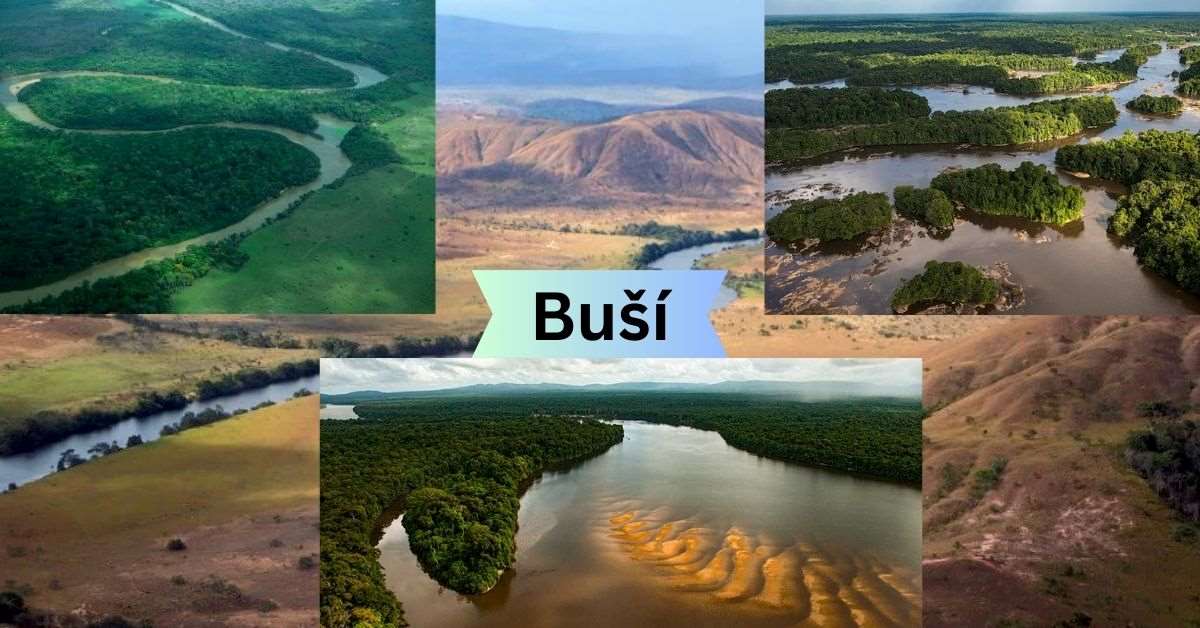Buší – Nature’s Hidden Gems!
In our big world, there’s something special called “buší” (say boo-shee). It’s all about wild places untouched by people, where nature does its own thing.
Buší refers to natural or semi-natural regions distinct from urban or cultivated areas, pronounced as boo-shee. These areas represent untouched wilderness where ecosystems thrive independently, serving as vital habitats for diverse species.
Let’s Explore the raw beauty of buší and its significance in preserving biodiversity and cultural heritage.
What Exactly Is ‘buší’ And How Is It Pronounced?

Buší, a term pronounced boo-shee, encompasses natural or semi-natural regions that stand distinct from urban landscapes or cultivated lands. These areas represent the raw, untamed beauty of nature, where ecosystems flourish independently.
Thus, Buší areas are characterized by their pristine wilderness, untouched by significant human intervention. They serve as havens for biodiversity, offering refuge to a diverse array of plant and animal species.
Where Can buší ( boo-shee) Regions Be Found?
Buší regions are scattered across the globe, from the sun-scorched expanses of Australia’s outback to the rugged wilderness of Alaska and the serene landscapes of Canada. Each buší area boasts its own unique charm and biodiversity, contributing to the rich tapestry of natural wonders on our planet.
Why Are Buší buší” (say boo-shee) Areas Significant?
The significance of buší areas extends far beyond their breathtaking beauty. These regions play a crucial role in preserving biodiversity, acting as sanctuaries for countless species of flora and fauna.
They also serve as vital reservoirs of genetic diversity, essential for the health and resilience of ecosystems worldwide.
Moreover, buší areas hold profound cultural significance, serving as sources of inspiration for indigenous communities and artists alike. They embody a deep connection to the land, shaping the identities and traditions of those who inhabit their midst.
How Do Buší Areas Contribute To Biodiversity?
Buší buší” (say boo-shee) areas are hotspots of biodiversity, teeming with life in all its forms. These regions provide essential habitats for a wide range of plant and animal species, from towering trees to elusive predators.
By supporting diverse ecosystems, buší areas help maintain ecological balance and resilience in the face of environmental challenges.
What Threats Do Buší boo-shee Areas Face?
Despite their natural resilience, buší areas are under threat from various sources. Climate change poses a significant risk, altering habitats and disrupting delicate ecosystems.
Invasive species can also wreak havoc on native flora and fauna, outcompeting indigenous species and disrupting ecological balance.
Human encroachment is another major threat to buší areas, as development and resource extraction encroach upon once-pristine landscapes.

Pollution, deforestation, and overexploitation further degrade these fragile ecosystems, endangering the biodiversity they harbor.
How Can Individuals Contribute To The Protection Of Buší Areas?
As stewards of the environment, individuals can play a crucial role in protecting buší” (say boo-shee) areas for future generations.
Supporting conservation efforts, advocating for sustainable land management practices, and promoting responsible tourism are all effective ways to safeguard these invaluable natural treasures.
Educating others about the importance of buší areas and their role in preserving biodiversity can also help raise awareness and foster a sense of stewardship among communities. By working together, we can ensure that buší areas continue to thrive for generations to come.
Can I Visit Buší Areas As A Tourist? What Should I Be Aware Of?
Yes, many buší areas are open to visitors eager to experience their natural beauty firsthand. However, it’s essential to approach these delicate ecosystems with care and respect.
Before visiting a buší area, research local guidelines and regulations to ensure you follow all necessary precautions. Stick to designated trails to minimize your impact on the environment, and avoid disturbing wildlife or damaging fragile habitats.
Remember to leave no trace by packing out all trash and minimizing your environmental footprint during your visit. By practicing responsible tourism, you can help preserve the pristine beauty of buší areas for future generations to enjoy.
What Role Do Buší buší” (say boo-shee) Areas Play In Cultural Identity?
Buší areas hold deep cultural significance for indigenous communities and local populations around the world. These regions are often regarded as sacred lands, imbued with spiritual significance and cultural heritage.
Indigenous cultures have long relied on buší areas for sustenance, shelter, and spiritual nourishment. They view these landscapes as integral to their identity and worldview, shaping their traditions, beliefs, and way of life.
In addition to their cultural importance, buší areas inspire artists, writers, and creators from all walks of life. Their untamed beauty and raw wilderness serve as a wellspring of inspiration, fueling creativity and imagination for generations.
What Distinguishes Buší Areas From Urban Or Cultivated Lands?

Buší areas stand in stark contrast to urban environments and cultivated lands, with their untouched wilderness and pristine landscapes. These regions are characterized by their natural beauty, rich biodiversity, and ecological significance.
Unlike urban areas, buší regions operate without significant human intervention, allowing ecosystems to flourish independently. They serve as vital refuges for wildlife, providing essential habitats for a diverse array of species.
Similarly, buší areas differ from cultivated lands, which have been transformed by human activity for agricultural or urban development.
While cultivated lands serve important purposes, buší areas offer a glimpse into the untamed majesty of nature, untouched by human hands.
FAQs:
1. When Did The Concept Of Buší Emerge And Gain Recognition?
The concept of buší has deep roots in human history, with indigenous cultures around the world recognizing the importance of wild, untouched landscapes. However, the modern understanding of buší as a conservation priority has emerged relatively recently, as awareness of environmental issues has grown.
2. Does Buší Have Any Economic Significance Beyond Its Ecological And Cultural Value?
In addition to their ecological and cultural value, buší areas also have significant economic importance. These regions attract tourists from around the world, eager to experience their natural beauty and biodiversity.
3. Are There Any Ongoing Conservation Efforts Focused Specifically On Buší Areas?
Yes, numerous conservation organizations, government agencies, and local communities are dedicated to protecting buší areas worldwide. These efforts include habitat restoration, species conservation, and sustainable land management practices aimed at preserving the unique ecosystems found in buší areas.
Conclusion:
Buší areas represent nature’s hidden gems, offering a glimpse into the untamed majesty of our planet’s wilderness. These regions play a vital role in preserving biodiversity, cultural heritage, and ecological balance, making them invaluable treasures for humanity. As stewards of the environment, it is our responsibility to protect and preserve buší areas for future generations.
Also Read:
